 Along with so many other public history and cultural programs, the Mass. Memories Road Show was forced to pivot away from live events in response to the COVID-19 crisis this spring. Still, the team at UMass Boston has been hard at work behind the scenes to make collections available and to emerge with a stronger program as soon as we can get back on the road again.
Along with so many other public history and cultural programs, the Mass. Memories Road Show was forced to pivot away from live events in response to the COVID-19 crisis this spring. Still, the team at UMass Boston has been hard at work behind the scenes to make collections available and to emerge with a stronger program as soon as we can get back on the road again.
Here are a few updates about our program and activities:
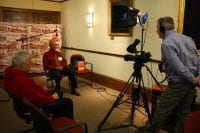
Photograph of videographer and contributor at Brockton Mass. Memories Road Show
Collection update
Videos from the Brockton Mass. Memories Road Show and Plymouth Mass. Memories Road Show are available online now. The images and stories are in production and contributors will be notified when they are available, likely sometime this summer.
Call for Research Participants
University of North Texas student, Ana Roeschley, is conducting a dissertation study on participatory archive projects like the Mass. Memories Road Show. Her research is on the impact of projects like the Mass. Memories Road Show on individuals and communities that participate in these projects. She is recruiting past participants of the Road Show who are over the age of 18 to be interviewed about their experiences with the Road Show. Interviews will be conducted virtually via the Zoom platform and participants will receive a Starbucks or Dunkin’ gift card. Download a flyer.
For more information and to participate, contact Ana Roeschley by emailing ana.roeschley@unt.edu or calling 512-809-3662.
Events update
The Mass. Memories Road Show events in Bellingham and Malden have been postponed indefinitely, and will be rescheduled as soon as it is safe to do so, most likely sometime in 2021.
Although we can’t know when we will be able to resume public gatherings, the Mass. Memories Road Show continues to welcome applications on a rolling basis for 2021 and beyond. Interested communities can apply here.
Institute of Museum and Library Services grant update
With support from the Institute of Museum and Library Services (IMLS), the Mass. Memories Road Show team is developing a “roadmap” to guide libraries of all kinds and sizes through the process of organizing similar “participatory archiving” events and building digital collections on their own. We completed a survey of needs among libraries and cultural organizations throughout the United States, and plan to launch a test version of the roadmap later in 2020. Designed to be an interactive reference, the roadmap will lead users through a series of modules covering the important aspects of planning a participatory archiving event, including community outreach, metadata and archival description, and the preservation of digital materials.
Interested in learning more? Email sarah.collins@umb.edu.
New Mass. Memories Road Show website
Last fall, we launched a new website for the Mass. Memories Road Show program, which includes a video about the program. Visit the new website here, which features a variety of resources for local planning teams including volunteer training materials about each of the Road Show “stations” as well as sample publicity flyers and press releases.
Questions? Please contact Carolyn.Goldstein@umb.edu and visit blogs.umb.edu/archives for further updates.
Browse the Mass. Memories Road Show collection here.
The Mass. Memories Road Show is a statewide, event-based participatory archiving program that documents people, places, and events in Massachusetts history through family photographs and stories. In partnership with teams of local volunteers, we organize public events to scan family and community photographs and videotape “the stories behind the photos.” The images and videos are indexed and incorporated into an online educational database. Since its launch, the project has gathered more than 10,000 photographs and stories from across the state. It is supported in part by the Patricia C. Flaherty ’81 Endowed Fund at UMass Boston.
University Archives & Special Collections in the Joseph P. Healey Library at UMass Boston was established in 1981 as a repository to collect archival material in subject areas of interest to the university, as well as the records of the university itself. The mission and history of UMass Boston guide the collection policies of University Archives & Special Collections, with the university’s urban mission and strong support of community service reflected in the records of and related to urban planning, social welfare, social action, alternative movements, community organizations, war and social consequence, and local history related to neighboring communities. To learn more, visit blogs.umb.edu/archives.
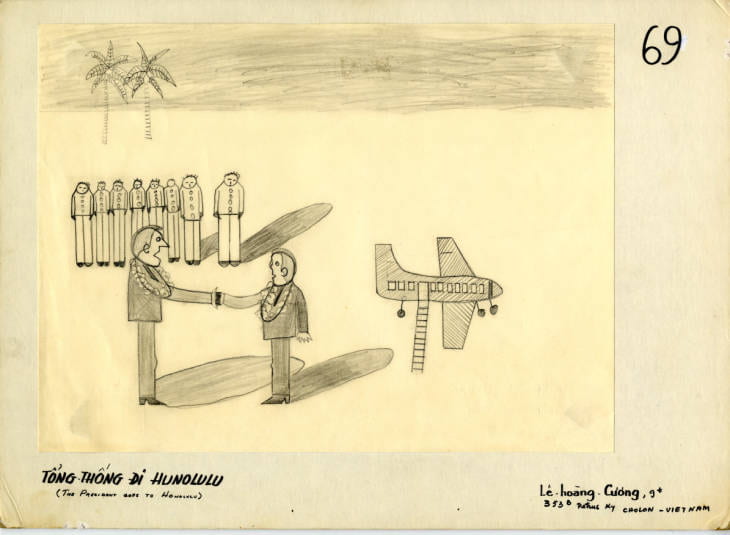
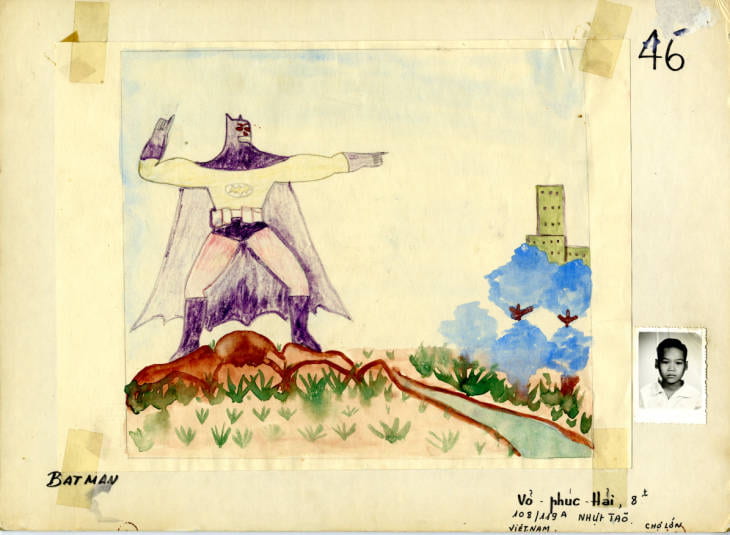
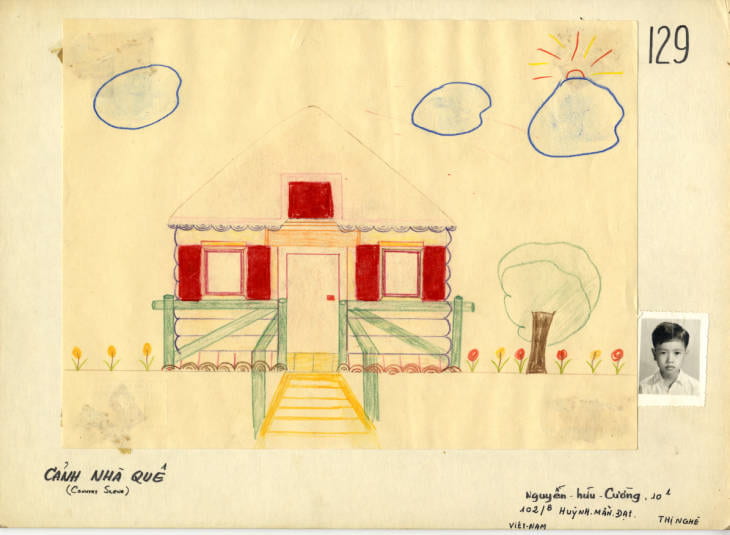
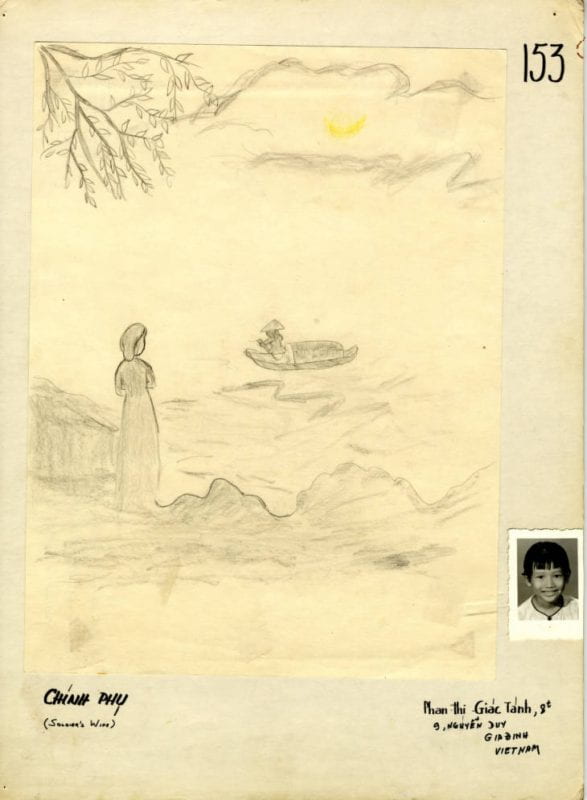
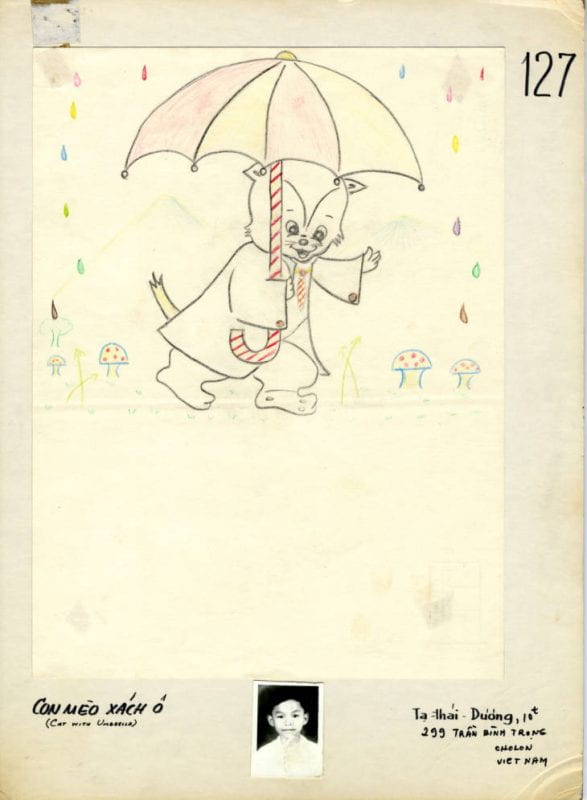


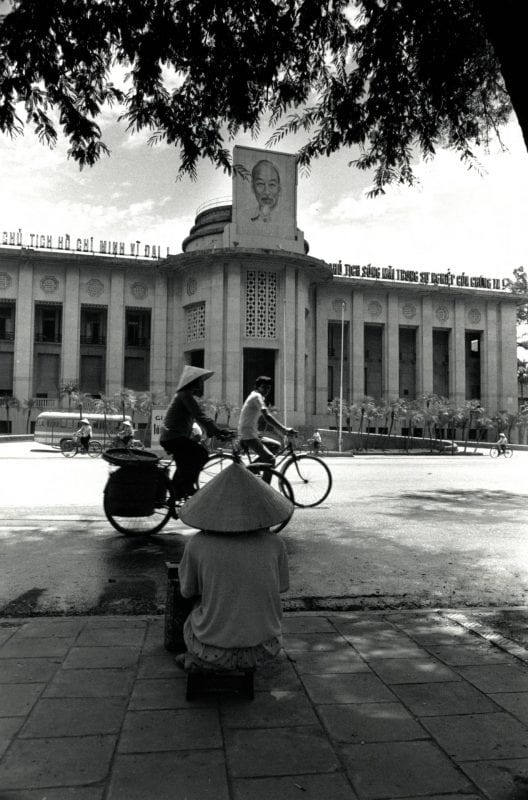

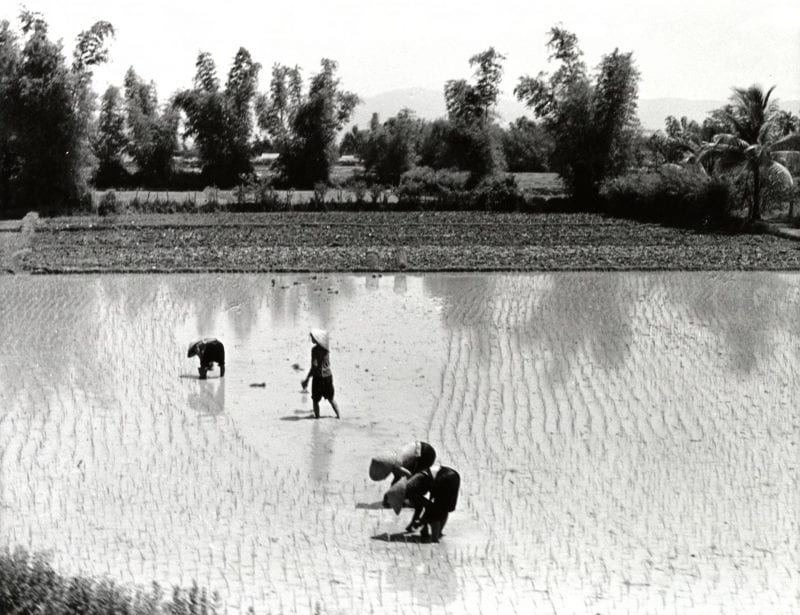

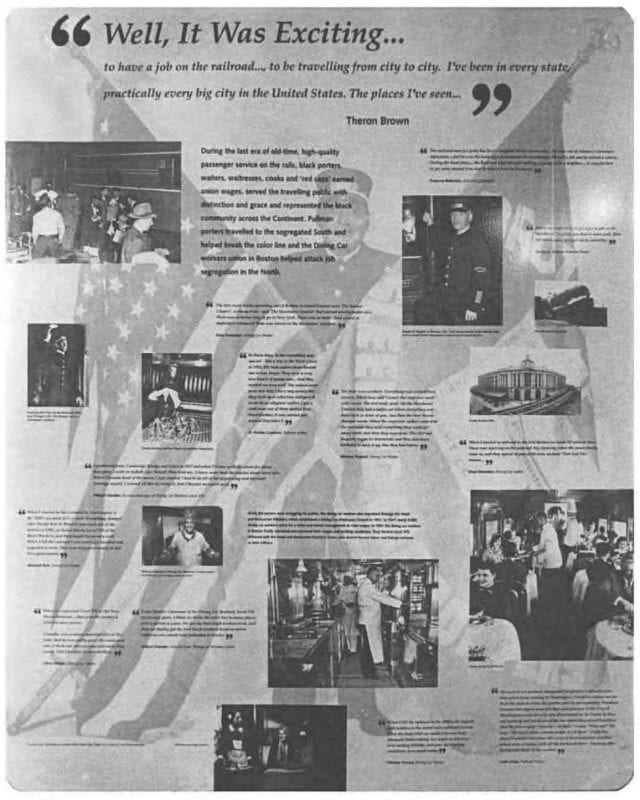
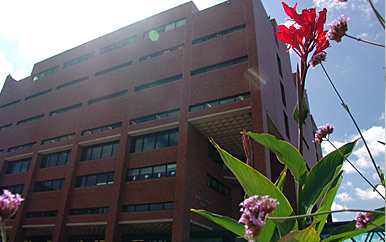 University Archives and Special Collections at UMass Boston is interested in
University Archives and Special Collections at UMass Boston is interested in